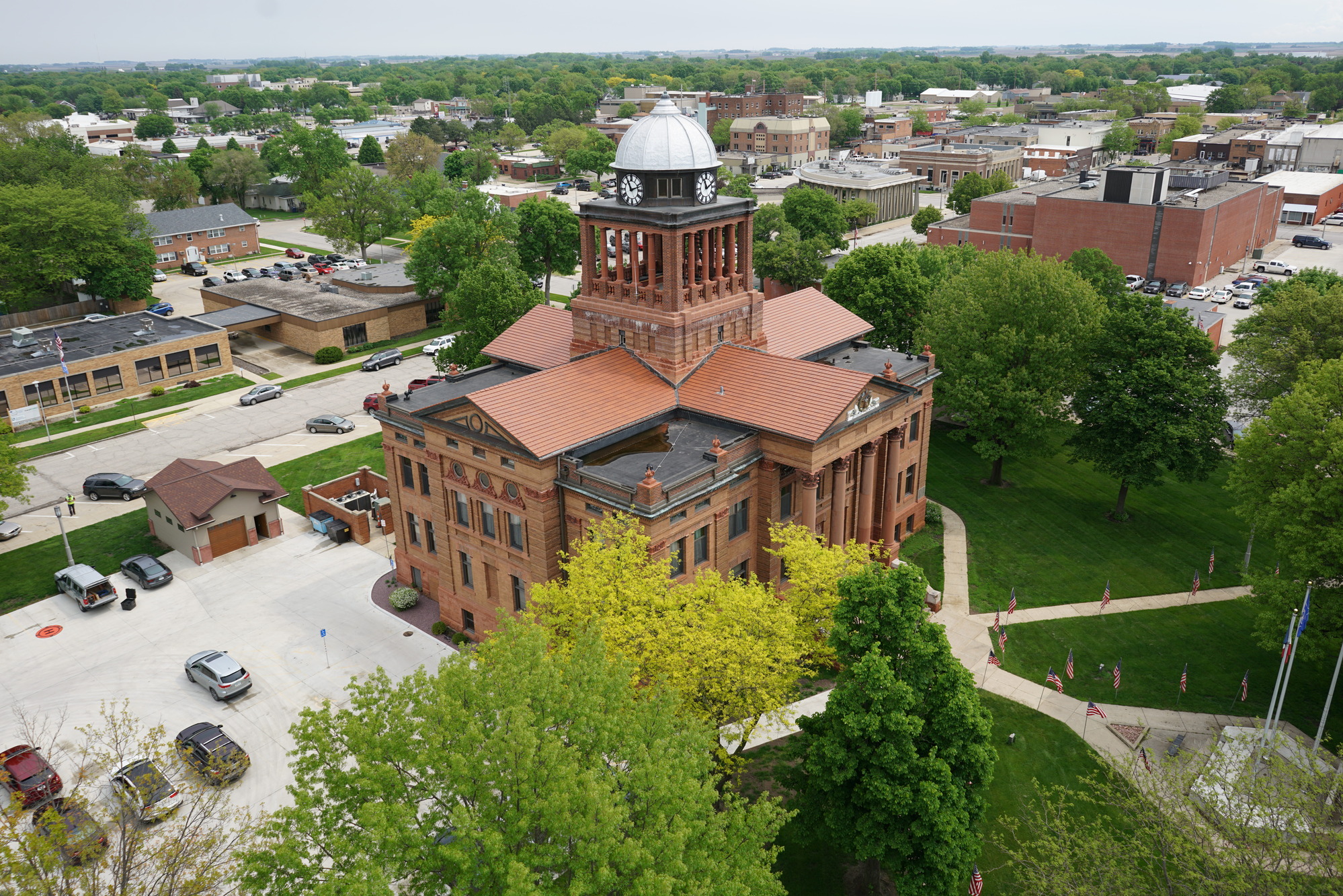Game-Time Decisions
Choosing field surfaces that protect athletes and the bottom line
As the level of play from student athletes continues to advance, so too should the performance of sports facilities. Every detail counts, and having trusted, experienced partners in the A/E industry can help districts, colleges, and universities make the right call for their competitors, coaches, and fans.
Synthetic turf: do the stats line up?
At ISG, we are confident in our A/E expertise, but we are not doctors so let's get that out of the way as our goal is to share information rather than define health truths. With that said, rumors that synthetic turf is dangerous for athletes have been recently muffled by research proving that instead of harming users, artificial field surfaces can actually help control critical variables contributing to lower extremity and head injuries. In a 2013 study conducted by Montana State University Department of Health and Human Development, a year-long evaluation of collegiate athletes, showed that not only do minor, severe, and traumatic injuries occur less frequently on synthetic turf in comparison with natural grass, but also that injuries triggered by field conditions effected by adverse weather were reduced by more than 25%.
The importance of preparing a design game-plan
With so many infill weights and options on the market, making a decision that is both financially responsible and safe for student athletes can be a daunting task.
Using a strategic cost-per-use analysis, designers can help weigh up-front installation costs with the long-term saving potentials between each type of natural and synthetic turf – all without compromising athlete safety.
GMax testing as one of the most influential technologies helping to address concussion and impact injuries in student athletes. Natural grass is unpredictable, but there are a full spectrum of infill types and qualities that can help control the hardness and density of field surfaces. The challenge is finding the right fit for each district and campus depending on their programming, cost, and maintenance needs.That's where we can provide the right diagnosis and solution.
Join the conversation #ISGSportsandRec #TurfTalk

Related Articles

.webp)
Navigating the MS4 Permit Program: How ISG Supports Communities Every Step of the Way
The management of stormwater runoff is a pressing concern for cities across the nation, and the Municipal Separate Storm Sewer System (MS4) permit program is a critical framework designed to protect water quality and our natural resources.


Optimize Maintenance + Reveal Opportunities with Facilities Assessments
The Clay County Board of Supervisors (County) knew they needed to address facility repairs in their Administration Building, Courthouse, and General Services Center. While maintaining public buildings does not generate excitement, County leaders recognized that deferring upkeep of public facilities can cost more in the long run if left unaddressed and may result in limiting other more impactful projects.

Creating Flood-Resilient Communities: A Case Study in Floodplain Management
In the land of 10,000 lakes, Minnesotans love to live near and play in our abundant water systems. But the effects of population growth, land use development, and climate change pose challenges within floodplain areas, contributing to persistent flooding issues.


Why a Phase 1 Environmental Site Assessment is Critical to Project Success
In the world of real estate development and land acquisition, the road to success is paved with thorough planning and attention to detail. One often overlooked but crucial step in the due diligence process is the Phase 1 Environmental Site Assessment (ESA). Before a client begins any project, ISG often conducts a Phase 1 ESA to identify any recognized environmental conditions (RECs) that could impact the property's value or pose potential risks to public health and the environment. The result of the assessment influences the project’s direction and success long-term.


.svg)




